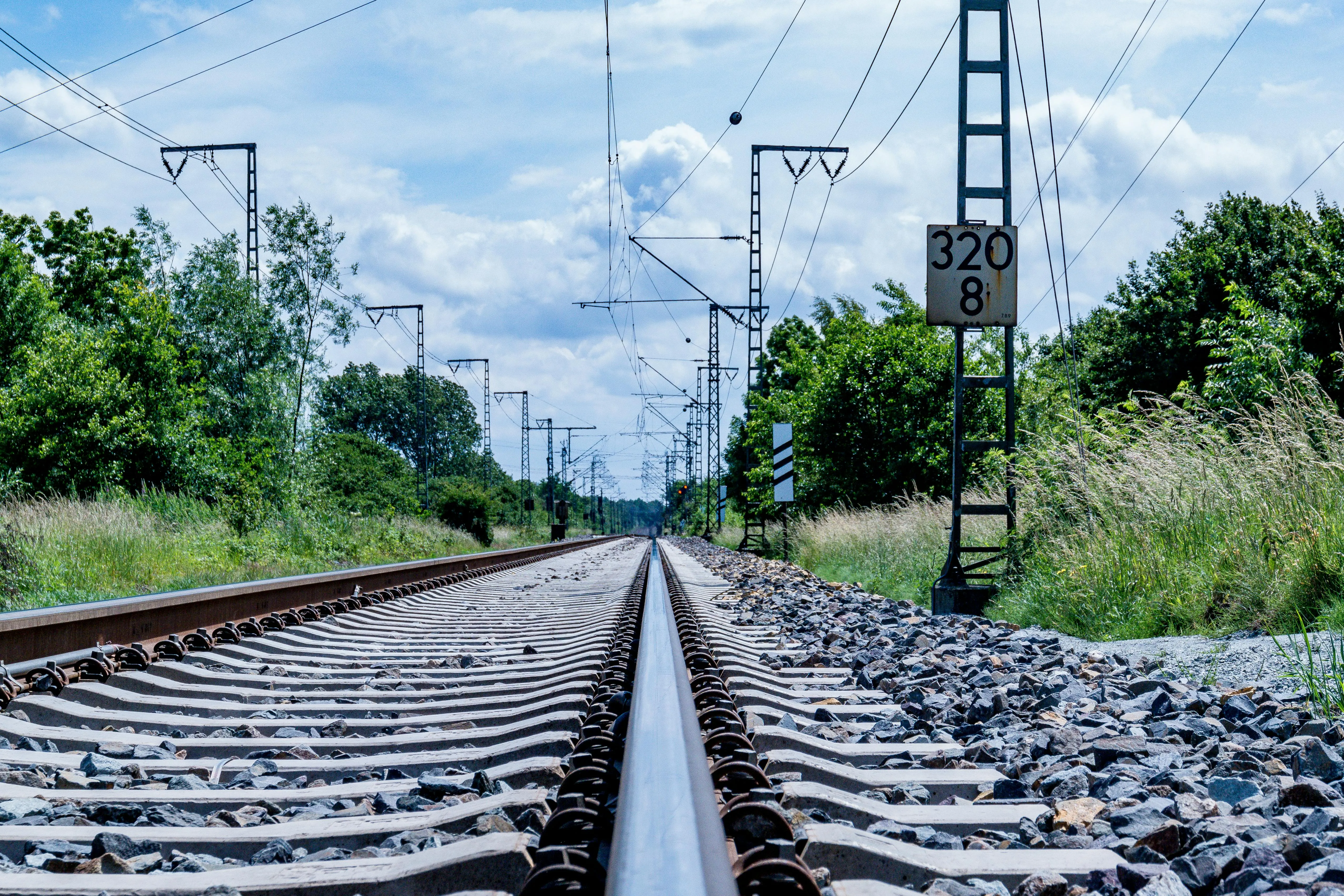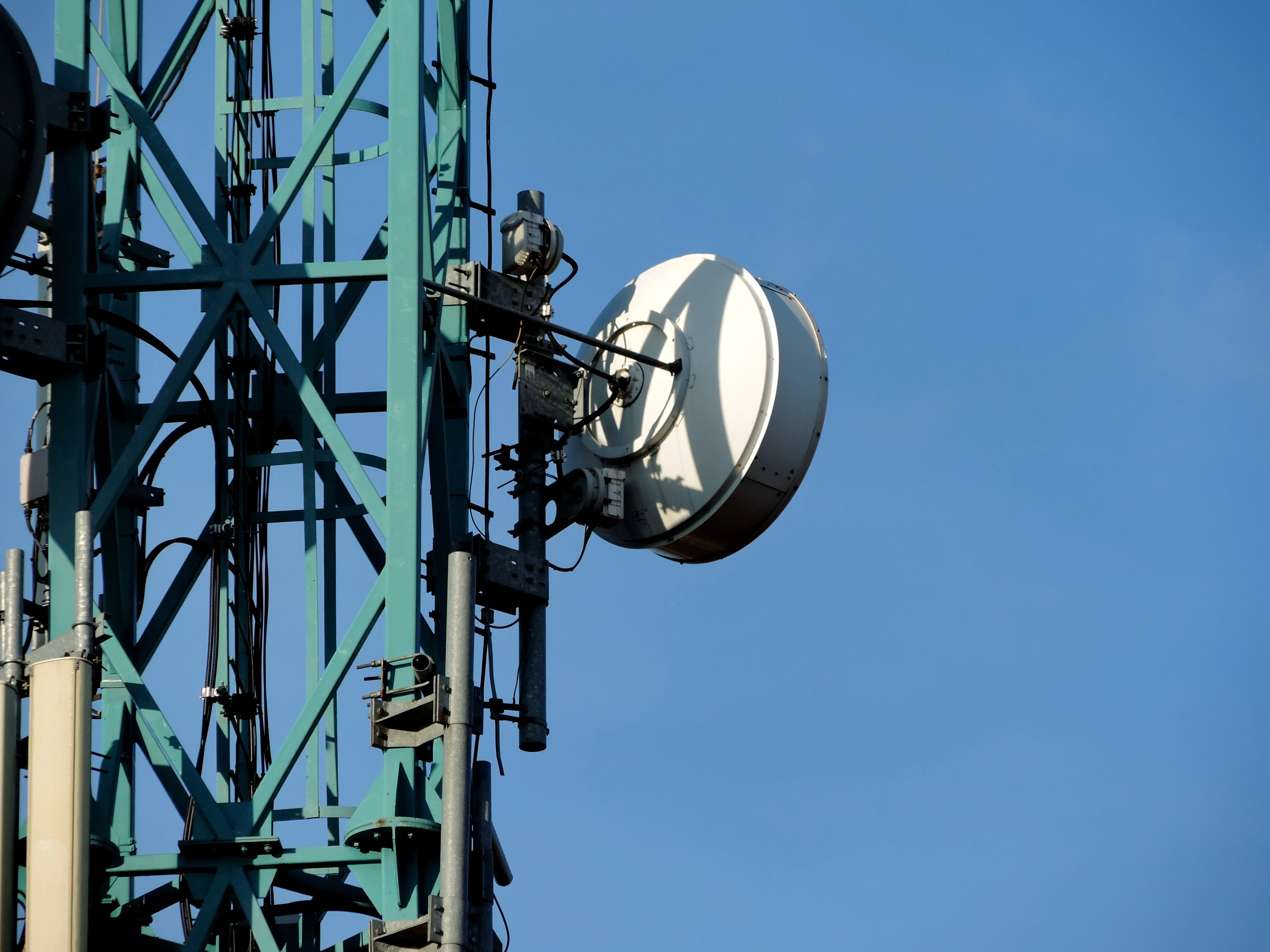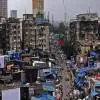
Indian economy on recovery path: Ministry of Finance

NFR Invites EPC Bids for Dimapur–Kohima Broad Gauge Project
Northeast Frontier Railway (NFR) has invited bids for an engineering, procurement and construction (EPC) contract linked to the Dimapur (Dansiri)–Kohima (Zubza) new broad gauge (BG) line project, a key infrastructure initiative aimed at strengthening rail connectivity in the Northeast.According to the tender details, the scope of work includes construction of reinforced cement concrete (RCC) substructures and composite girder superstructures for a viaduct at Pherima Yard. The contract also covers a range of associated and ancillary works required for the execution of this section of the proj..

Gujarat Launches Urja Sanvardhanam for Smarter Power Demand Planning
Gujarat’s Energy Minister Rushikesh Patel said the newly launched digital platform Urja Sanvardhanam will play a crucial role in advanced electricity demand planning and strengthening the state’s power network, aligning with India’s vision of becoming a developed nation by 2047. According to an official statement, the Gujarat government has introduced the online monitoring system in response to steadily rising electricity demand across both rural and urban regions. The platform is designed to enable efficient management and real-time control of the state’s power supply by continuo..

UPPCL Clarifies Smart Meter Consent, Dismisses Misreading of Tariff Order
The Uttar Pradesh Power Corporation (UPPCL) has rejected claims that its tariff order bars the conversion of smart meters to prepaid mode without consumer consent, stating that such interpretations are incorrect and misleading.Clarifying its position, UPPCL said the tariff order merely records that public interest litigations challenging mandatory prepaid smart meters are pending before various High Courts. In view of this, the Electricity Regulatory Commission has emphasised that consumers must be provided with accurate and functional meters, irrespective of whether they operate in prepaid or..

















